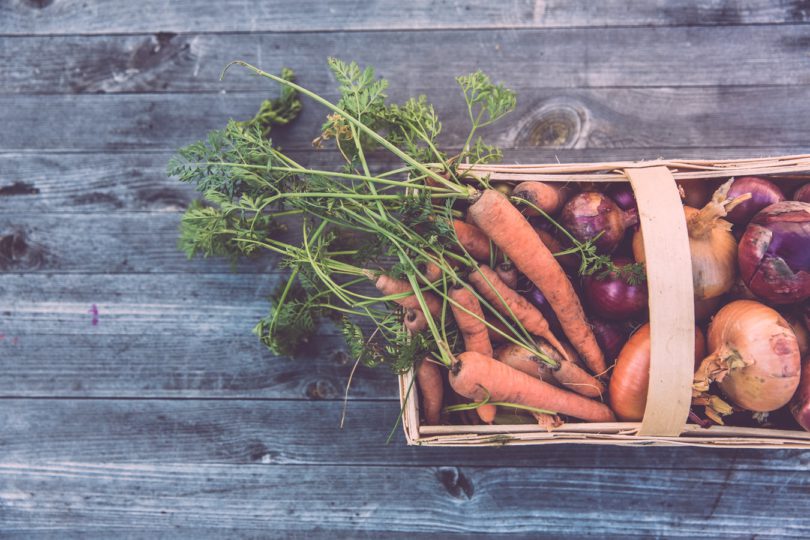Eating fruits when they are in season is delightful, not only for your taste buds but also for your grocery budget. However, with climate changes, some fruits and vegetables can only be grown for a very short window of time. Consumers have come to expect to have the produce they want year-round. But, that means giving up local-grown crops during off seasons.
With global farming and shipping readily available, we have come to expect to find the fruits and vegetables we crave when we crave them. We most likely don’t pay much attention to where the item came from. When we buy produce from our local market, it is labeled in small print to indicate the country of origin. When there is a surplus in a specific region during a certain time of year, the excess produce will be given some promotion.
Local sounds like a great concept. After all, when you buy local you support local area farmers and small markets. But, buying local does not automatically mean you are supporting a healthy environment worldwide. If you demand to have specific fruits and vegetables year-round, even if it’s not seasonal at the moment, it will require artificial heating, light, or shelters for it to be grown locally. Though, many desire to support the local markets having absolutely no idea that this may mean purchasing only what is able to be grown nearby in season.
When you buy produce locally it alleviates a great deal of environmental problems caused by transporting food from out of the area. Some of this locally out-of-season foods come by air, train, or ships which leave a large carbon footprint just to get it to your table. Eating what is locally in season will help in this regard. However, not everything you want will be in season when you want it.
A strawberry, for instance, that is grown locally in the middle of summertime is going to cost a lot less to produce and get to market for sale. It is also going to leave a lot less of a carbon footprint than one grown out of season under plastic to maintain the environment a strawberry needs to grow. Growing fruits and vegetables in season is more natural. It requires a lot less artificial efforts such as heating, lighting, pesticides, or fertilizers than those grown naturally in season. A University of Edinburgh study found that growing lettuce at home in the off season was actually worse in terms of carbon footprint than flying it in from another location. The reason for this is because the conditions required to create the proper climate.
The other factor is that fruits and vegetables are at their freshest and most flavorful when they have just been picked. Local farm to table will produce the best tasting produce and reduces transportation and production costs. This means, however, that only what is in season will be available to you.
Making the effort to eat local and seasonally is no easy switch. There is no official guidelines that instructs purchasers exactly what is in season when.
Changing to eat locally and seasonally will require work and research on the part of the consumer. Find out what grows in your area when. The best way to learn is to become a gardener or grower yourself.

